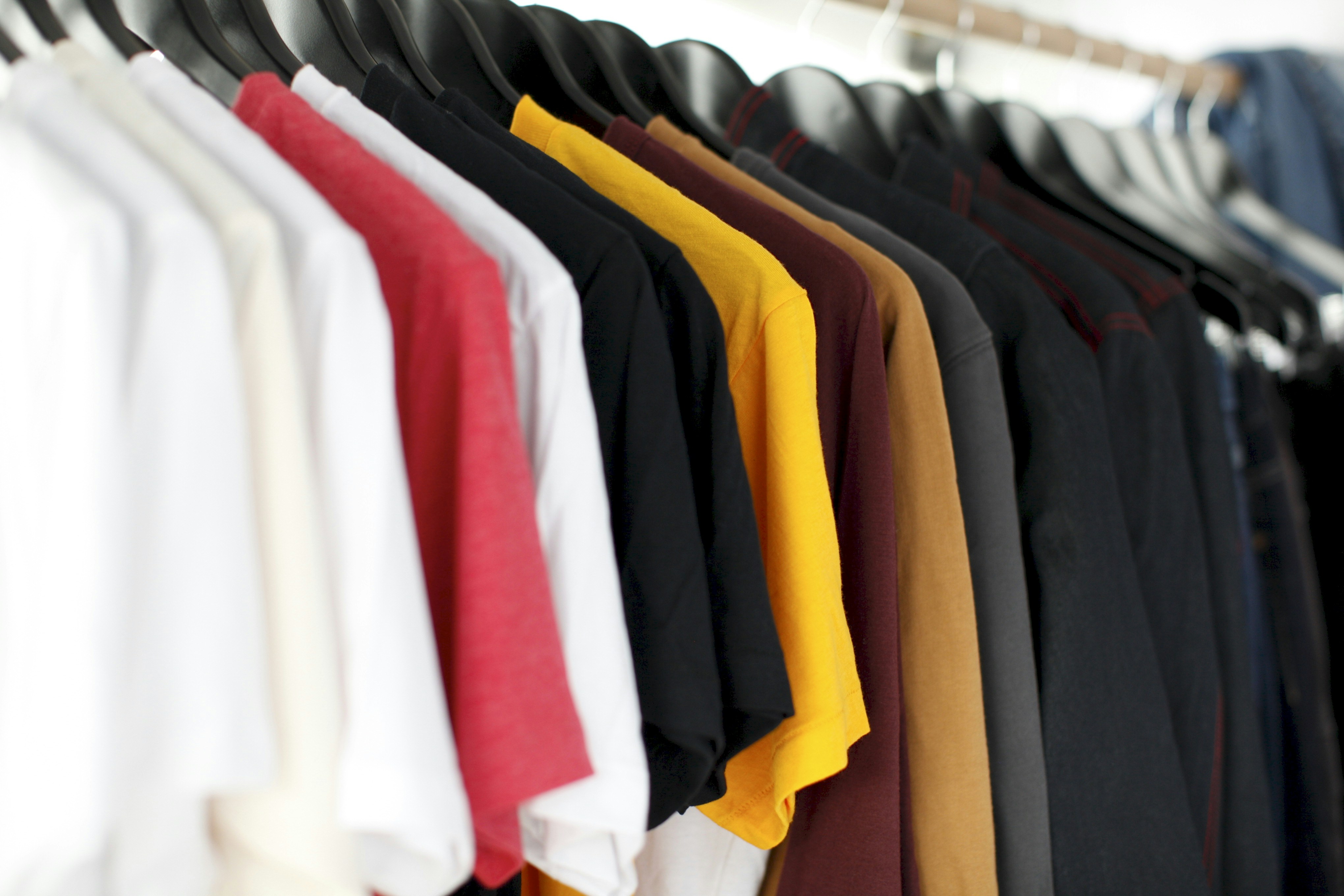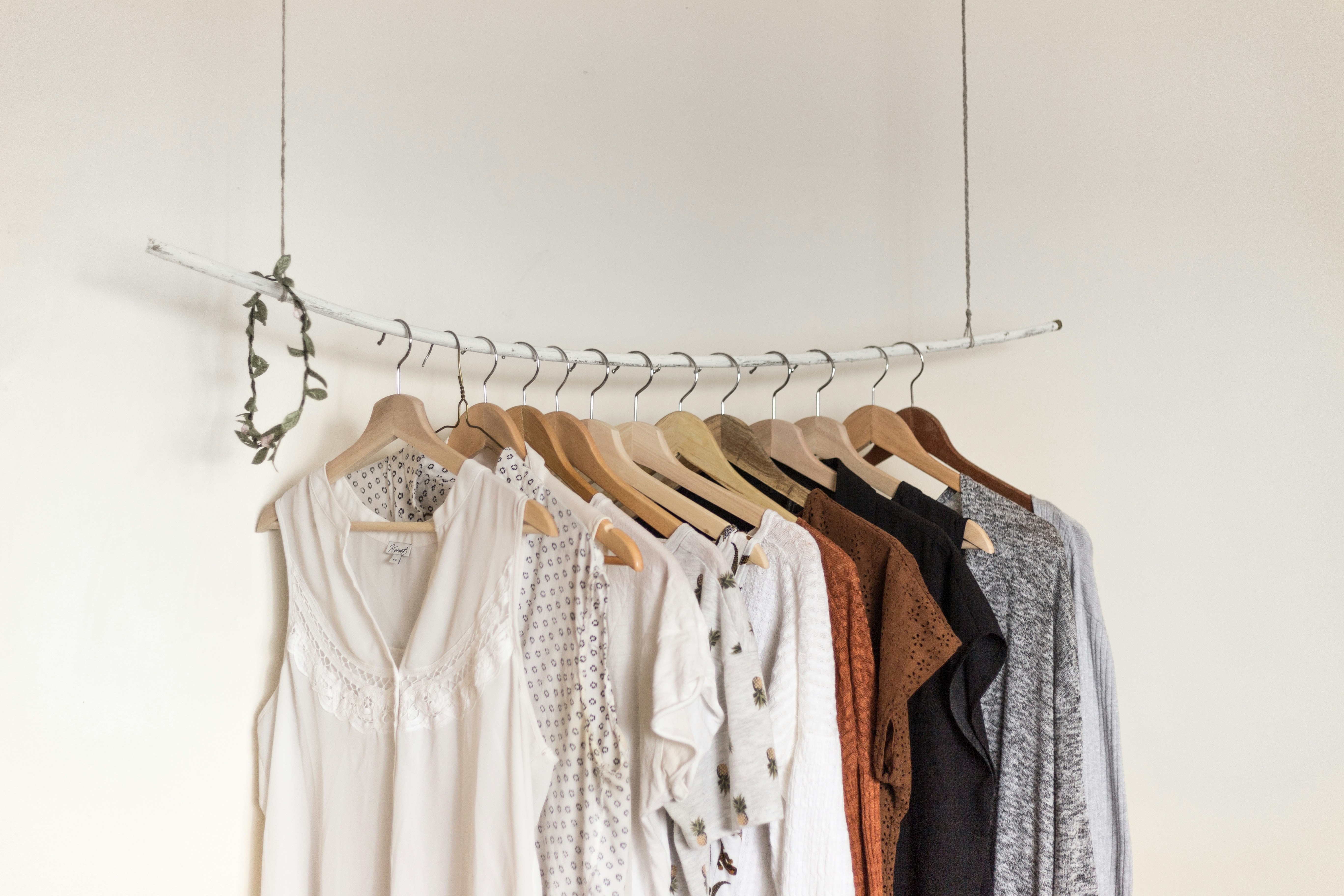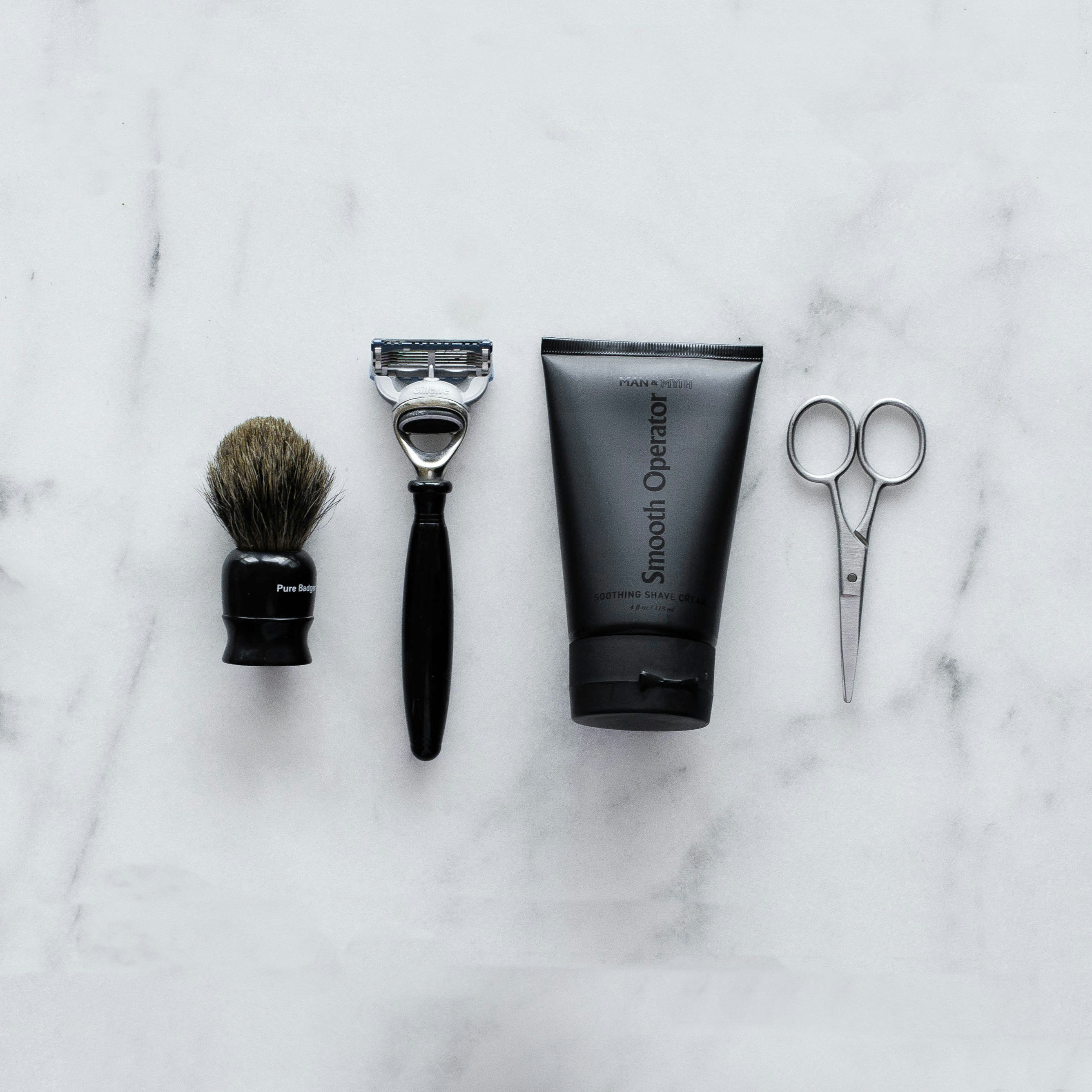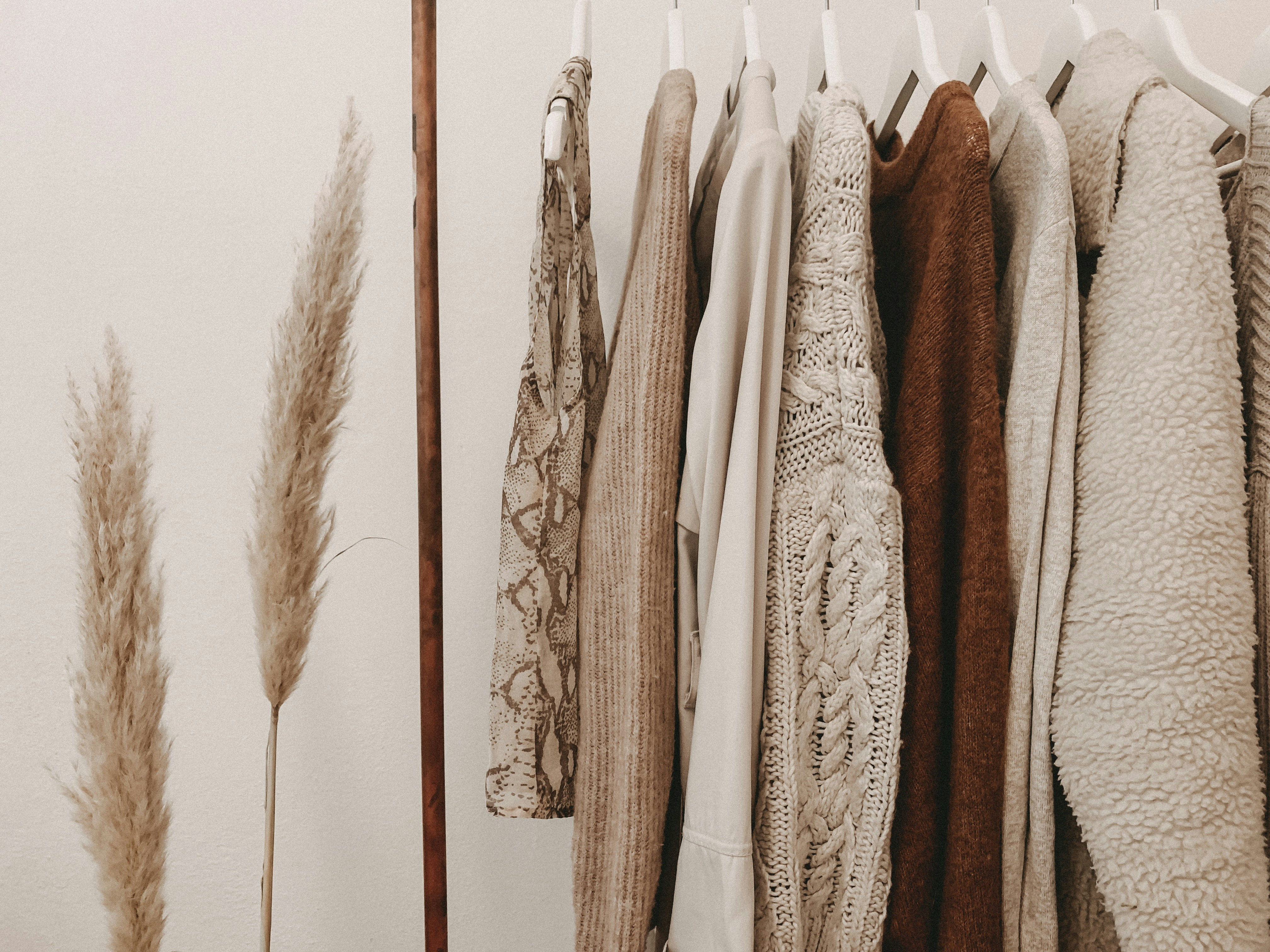The Ultimate Guide to Building a Sustainable Capsule Wardrobe
Malik Mohsin Saleem Khan
May 15, 2023 · 12 min read

Introduction
In the ever-evolving world of fashion, staying ahead of trends while maintaining a sustainable wardrobe can seem like an impossible balancing act. A capsule wardrobe—a curated collection of versatile, timeless pieces—offers the perfect solution for the modern, conscious consumer. This comprehensive guide will walk you through the art of building a capsule wardrobe that's both stylish and sustainable, helping you minimize clutter while maximizing your fashion potential.
Whether you're a fashion enthusiast looking to streamline your closet or a sustainability advocate aiming to reduce your environmental footprint, this guide provides practical insights and actionable steps to transform your relationship with clothing. We'll explore everything from selecting foundational pieces to mixing and matching for endless outfit possibilities, all while keeping sustainability at the forefront.
The Evolution of Capsule Wardrobes
The concept of the capsule wardrobe was first introduced in the 1970s by London boutique owner Susie Faux, who advocated for a collection of essential, timeless items that could be supplemented with seasonal pieces. However, it wasn't until the 1980s that American designer Donna Karan popularized the concept with her "Seven Easy Pieces" collection, designed to simplify professional women's wardrobes.
In recent years, the capsule wardrobe has experienced a renaissance, driven by growing concerns about fast fashion's environmental impact. According to the Ellen MacArthur Foundation, clothing production has approximately doubled in the last 15 years, while the average number of times a garment is worn has decreased by 36%. This troubling trend has led many consumers to seek more sustainable alternatives.
Today's capsule wardrobe movement combines the original concept's emphasis on versatility and quality with a modern focus on ethical production and environmental consciousness. It represents not just a fashion choice, but a lifestyle shift toward mindful consumption.
Core Principles of a Successful Capsule Wardrobe
Building an effective capsule wardrobe requires adherence to several key principles that ensure longevity, versatility, and satisfaction with your collection. These foundational concepts will guide your selection process and help you create a truly functional wardrobe.
The first principle is quality over quantity. Investing in well-made pieces might seem expensive initially, but high-quality garments last longer, maintain their appearance better, and ultimately provide better value. According to a 2020 study in the International Journal of Fashion Design, consumers who invested in higher-quality clothing reported greater satisfaction and longer wear times.
- Versatility: Each item should work with multiple other pieces in your wardrobe
- Timelessness: Focus on classic styles that won't quickly become dated
- Personal alignment: Choose pieces that reflect your lifestyle and personal aesthetic
- Color cohesion: Select a complementary color palette for maximum mix-and-match potential
Remember that a capsule wardrobe isn't about deprivation—it's about curation. The goal is to love and regularly wear everything you own, eliminating the common phenomenon of having a closet full of clothes but "nothing to wear."
Essential Pieces for Your Capsule Collection
While the specific components of a capsule wardrobe should be tailored to your lifestyle, climate, and personal style, certain versatile pieces form the foundation of most successful capsule collections. These garments serve as the building blocks from which countless outfits can be created.
For a professional environment, consider including high-quality basics like tailored trousers, blazers, and button-down shirts in neutral colors. Data from the Bureau of Labor Statistics indicates that professionals spend an average of 40-50 hours weekly in work attire, making these investments particularly worthwhile.
"The most sustainable garment is the one already in your closet." — Orsola de Castro, Fashion Revolution co-founder
For casual settings, well-fitting jeans, t-shirts in solid colors, and versatile knitwear provide comfort without sacrificing style. Footwear selections should include options appropriate for your typical activities, from comfortable everyday shoes to more formal options if needed.
When selecting these pieces, prioritize natural, durable fabrics like organic cotton, wool, and linen, which typically outlast synthetic alternatives while offering better comfort and a smaller environmental footprint.
Sustainability Considerations for Modern Wardrobes
Creating a truly sustainable capsule wardrobe extends beyond simply buying fewer items—it requires thoughtful consideration of materials, production methods, and end-of-life planning for garments. This holistic approach ensures your fashion choices align with environmental and ethical values.
When evaluating potential additions to your capsule wardrobe, look for certifications that verify sustainable practices. These might include GOTS (Global Organic Textile Standard) for organic materials, OEKO-TEX for chemical safety, or Fair Trade certification for ethical labor practices. These third-party verifications help cut through marketing "greenwashing" to identify genuinely responsible options.
Consider the circular economy potential of your clothing. Can the item be easily repaired? Is it biodegradable or recyclable? Brands like Patagonia and Eileen Fisher have pioneered take-back programs that ensure garments can be recycled or upcycled at the end of their useful life.
Remember that sustainability isn't just about new purchases. Extending the life of existing clothing through proper care, repairs, and alterations is equally important. Learning basic mending skills or finding a reliable tailor can significantly increase the longevity of your wardrobe.
Step-by-Step Guide to Building Your Capsule Wardrobe
Creating your personal capsule wardrobe is a methodical process that begins with assessment and planning before any new purchases are made. Follow these steps to build a collection that truly serves your needs and values.
- Audit your existing wardrobe: Begin by removing everything from your closet and evaluating each piece based on condition, fit, how often you wear it, and how well it pairs with other items. Be honest about what you actually wear versus what you keep out of habit or sentiment.
- Identify your personal style and needs: Consider your lifestyle, typical activities, climate, and aesthetic preferences. Create a Pinterest board or collection of images that represent your ideal style to guide your selections.
- Establish your color palette: Choose a cohesive color scheme based on what flatters you and what you enjoy wearing. Typically, this includes neutral base colors (black, navy, white, beige) and a few accent colors that complement each other.
- Create a shopping list: Based on gaps identified in your audit, make a specific list of items needed to complete your capsule. Prioritize these based on versatility and immediate need.
- Research and invest thoughtfully: Take time to research brands that align with your values and offer the quality you need. Be willing to invest more in foundational pieces that will see frequent wear.
Remember that building a capsule wardrobe is an iterative process. Start with what you have, add pieces gradually, and refine your collection as you learn what truly works for your lifestyle and preferences.
The Future of Capsule Wardrobes
As consumer awareness of fashion's environmental impact continues to grow, the capsule wardrobe concept is evolving to incorporate new technologies and approaches that further enhance sustainability and functionality.
One emerging trend is the integration of blockchain technology to verify supply chain transparency. Companies like Provenance are pioneering systems that allow consumers to trace the journey of their garments from raw materials to finished products, ensuring ethical production at every stage.
We're also seeing innovations in fabric technology that create more durable, versatile, and sustainable materials. From biodegradable synthetics to fabrics made from agricultural waste, these advances promise to reduce the environmental footprint of clothing while enhancing performance.
Looking ahead, the line between capsule wardrobes and clothing rental services may blur, with consumers maintaining a core collection of beloved basics while temporarily accessing trend pieces or special occasion items through subscription services—combining the best of ownership and access models.
Conclusion
A thoughtfully curated capsule wardrobe represents more than just a collection of clothing—it embodies a mindful approach to consumption that benefits both personal style and planetary health. By focusing on quality, versatility, and sustainability, you create a wardrobe that serves you better while demanding less from the earth's resources.
The journey to a perfect capsule wardrobe is ongoing and personal. As you refine your collection over time, you'll discover the freedom that comes with owning less but better—more time in the morning, less decision fatigue, and the satisfaction of wearing clothes you truly love. Start small, be patient with the process, and remember that the most sustainable wardrobe is one that works perfectly for your unique life.
Frequently Asked Questions
How many items should be in a capsule wardrobe?
While there is no magic number, most capsule wardrobes contain between 30-40 items (excluding accessories, underwear, and workout clothes). The ideal size depends on your lifestyle, climate, and personal preferences. Focus on having enough pieces to create versatile outfits for your typical activities without unnecessary duplication.
Is a capsule wardrobe more expensive to create?
Initially, building a quality capsule wardrobe may require higher investment in individual pieces. However, the long-term cost per wear is typically lower as you buy fewer items that last longer. Many people find they actually save money over time by avoiding frequent replacement of lower-quality fast fashion items.
How can I add seasonal variety to my capsule wardrobe?
Maintain a core collection of year-round basics, then add a small selection of seasonal items as needed. Accessories like scarves, jewelry, and layers can also transform basic outfits for different seasons. Some practitioners create separate capsules for different seasons, with some overlap in transitional pieces.
What if my weight fluctuates?
Focus on silhouettes and styles that accommodate minor weight fluctuations, such as wrap dresses, items with stretch, or adjustable waistbands. For significant weight changes, keep a small selection of "transition" pieces that fit comfortably at different sizes, and adjust your capsule as needed rather than maintaining multiple size ranges.
How do I incorporate trends into a capsule wardrobe?
Selectively incorporate trends through accessories or one or two seasonal pieces that align with your overall aesthetic. Before adding a trendy item, consider whether it works with your existing pieces and if you'll still want to wear it when the trend passes. Rental services can also be a sustainable way to experiment with trends.
Malik Mohsin Saleem Khan
Founder
Author bio information


